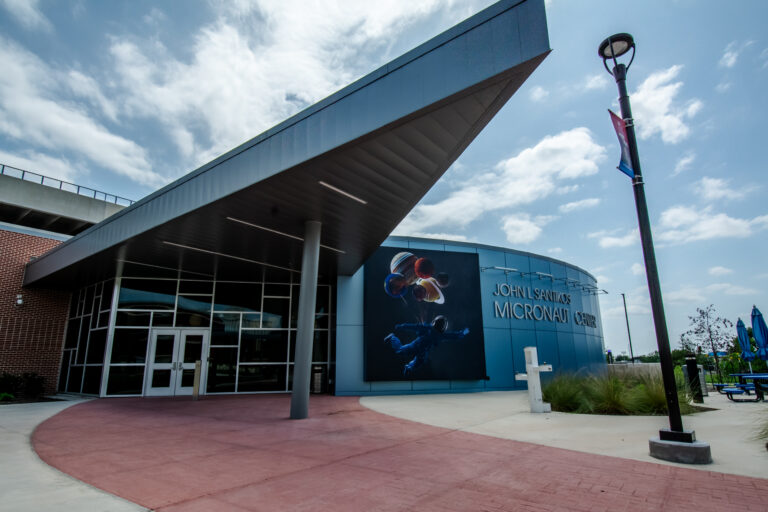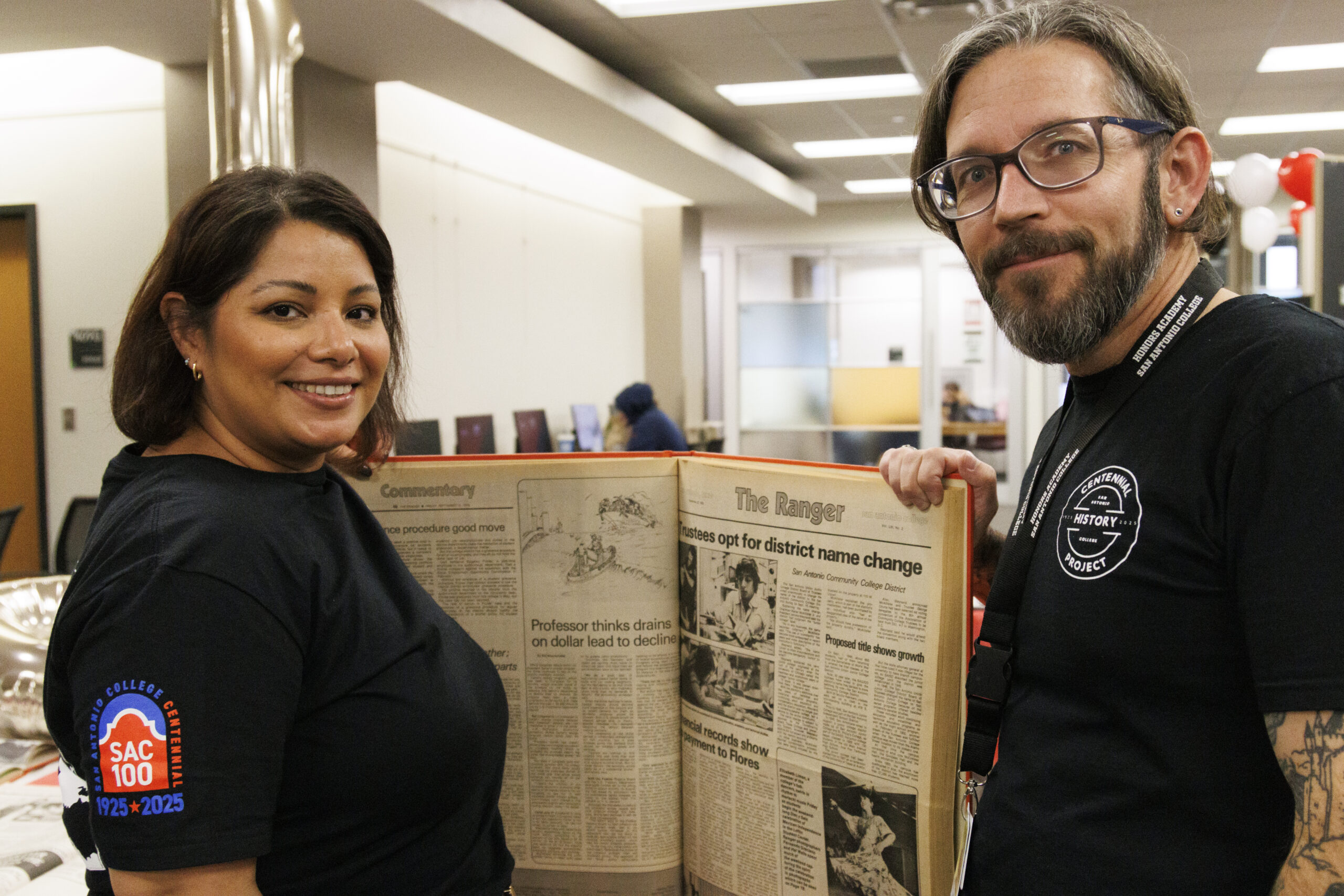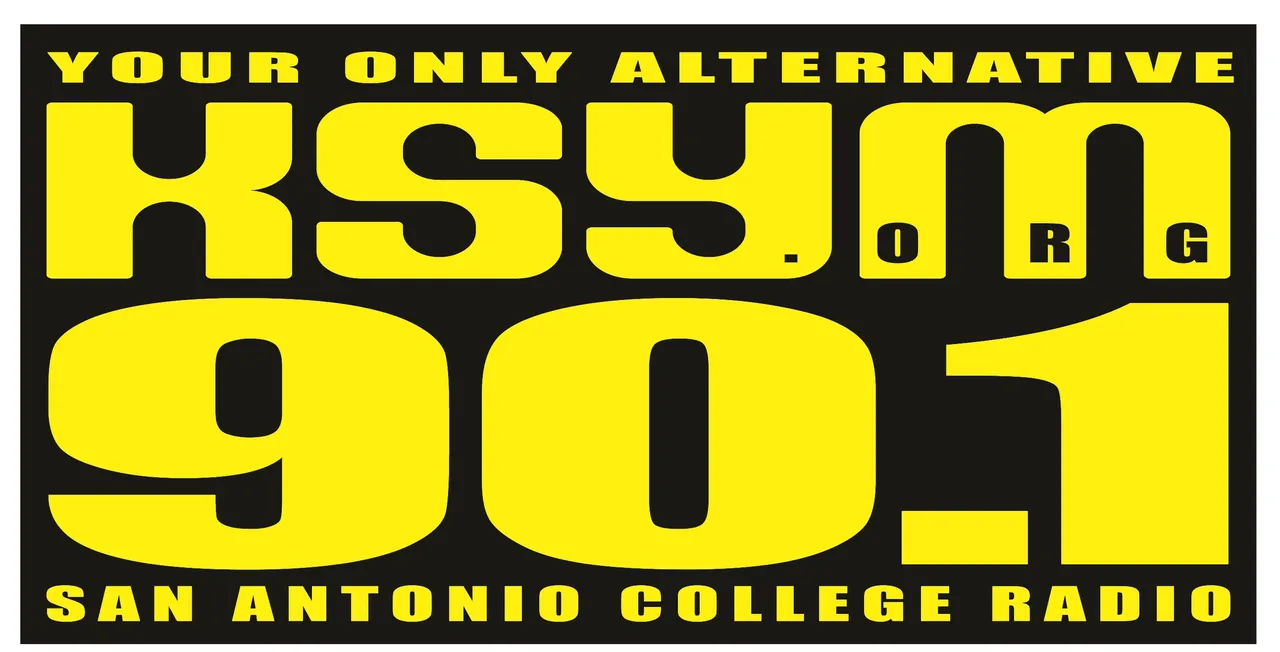Every Friday at SAC’s John L. Santikos Micronaut Center, local school children, ages four to nine, file into a space shuttle. Blue vests with astronaut logos filter around the room finding seats and strapping in. After system checks — weather, communications, fuel and navigation — the micronauts (child astronauts) are a ‘go’ for launch to the International Space Station.
Since opening last May, the Micronaut Center has hosted more than 1,500 children and completed more than 60 simulated space missions. Made possible by a $500,000 grant from the John L. Santikos Charitable Foundation, the center provides space-themed STEAM (science, technology, engineering, art, and math) education for children, teachers and parents.
Children in kindergarten through third grade can experience a virtual rocket launch from campus, traveling to the International Space Station. With a teacher acting as mission commander, students exit their “space shuttle” and enter a room equipped with interactive science activities.
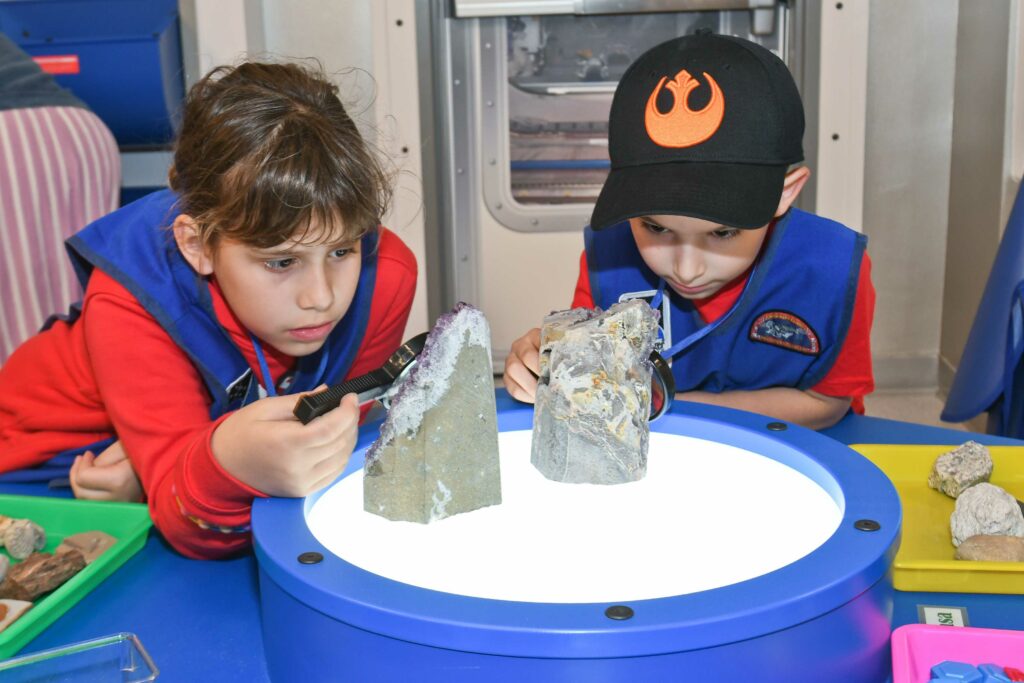
“It’s very hands-on,” Roxanne Barrera, former coordinator of program development at the Scobee Education Center, said in a SAC news release. “It’s innovative, and it gives them [the] experience of being an astronaut.”
The Micronaut Program was developed by the University of Tennessee Chattanooga Challenger STEM Learning Center in 2005, according to the center’s webpage.
San Antonio College partnered with the City of San Antonio Head Start Program to develop the Scobee Education Center Micronaut missions in 2015, but the program suffered from a lack of space and scheduling conflicts, prompting college officials to develop the Santikos Micronaut Center.
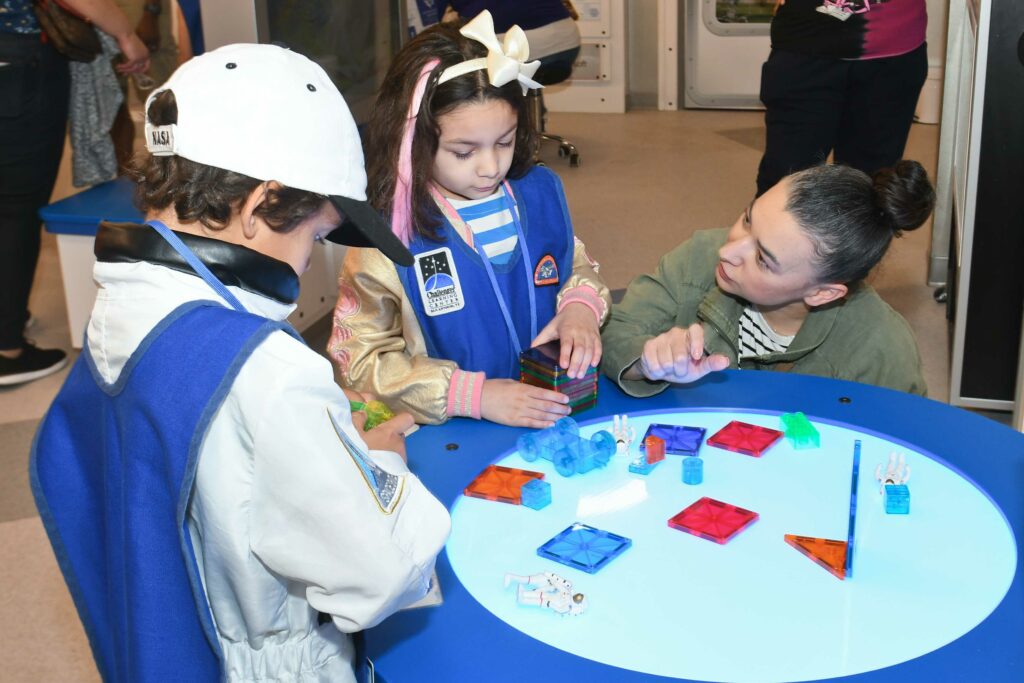
Early childhood education experts developed the center based on Texas Essential Knowledge and Skills standards.
After registering for a mission, teachers are required to attend a day-long pre-mission training program that prepares them to lead their class through the simulation. Teachers accompany their groups of 12 to 24 students, and up to 12 parents may attend to act as student assistants.
“Not only are we inspiring children to look at new careers and STEAM pathways, but we are allowing parents to envision their children in those careers,” Scobee Education Center Director Rick Varner said in a video produced by the Alamo Colleges District.
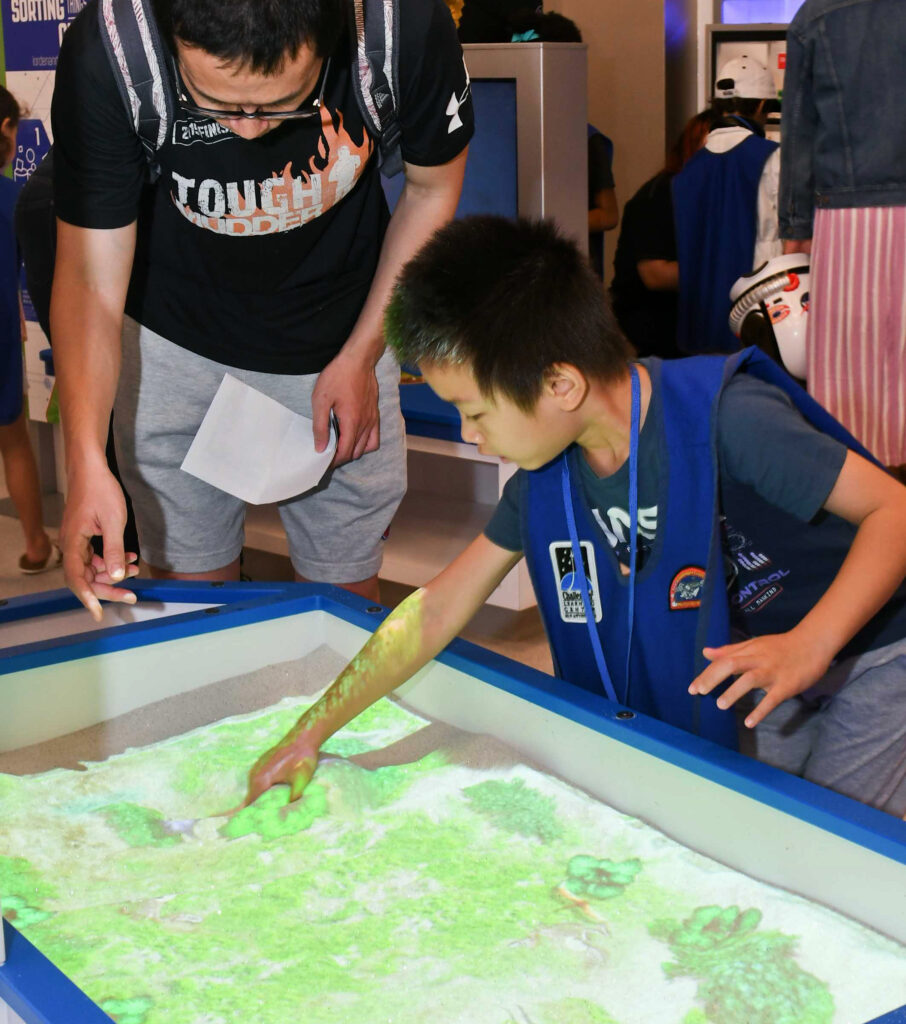
There are more than 10 science activity stations, many of which are bilingual. One station is equipped with a bicycle and a sign that reads, “What is energy? Qué es energía?” Students riding the bicycle get to see their energy transformed into light. Other stations offer tools for children to build structures, study rocks and minerals, look at how the earth is shaped. and learn about the effects of weather.
“The simulator activities — the graphics and videos — are all exceptional, but the energy and enthusiasm reflected in the eyes of the children is the coolest part of the program,” Varner told The Sundial.
For more information or to register for a mission, visit the Santikos Micronaut Center webpage.
Read Next: The Trumpet Player: How Music Became a Student’s Reason for Living

